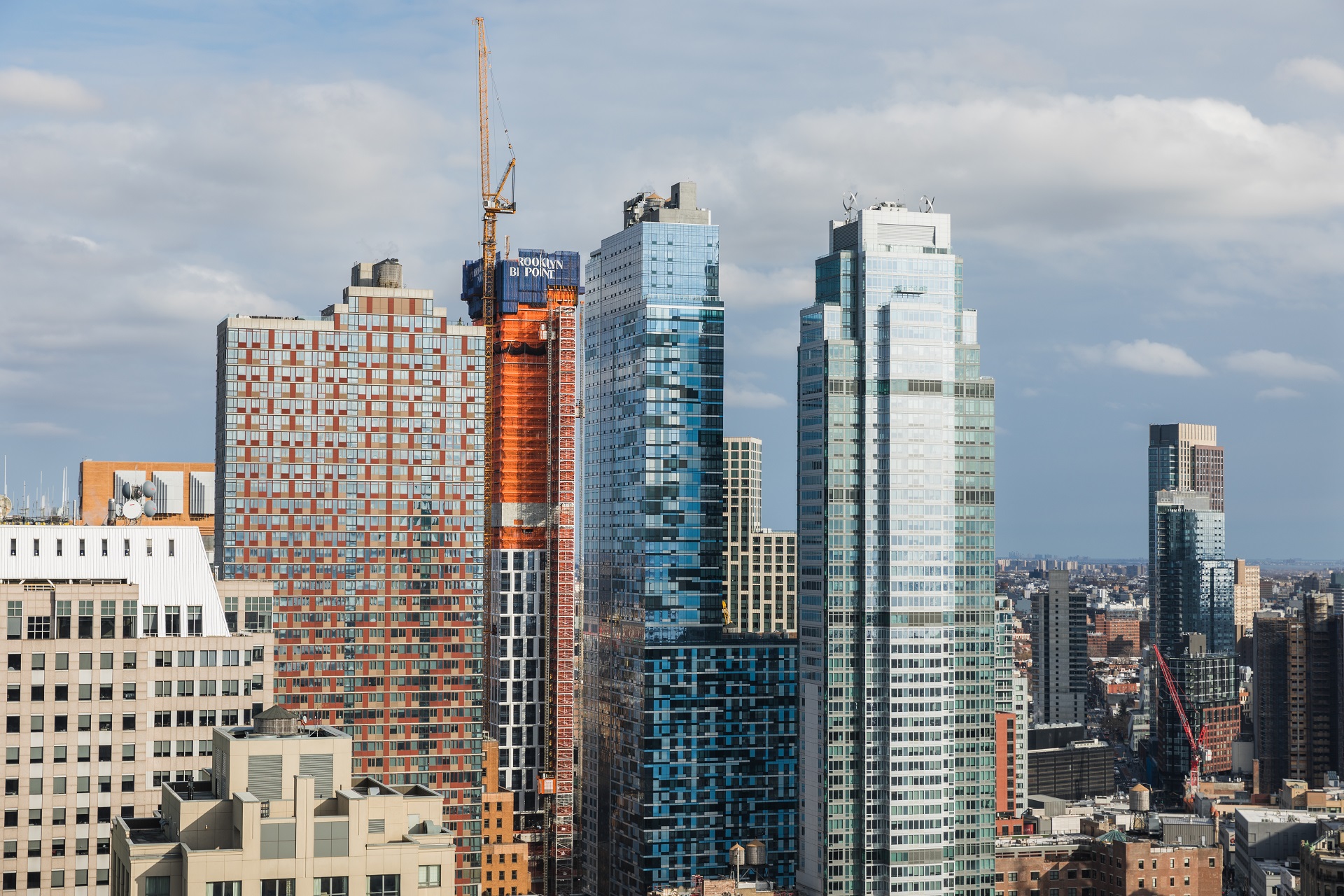The future of Brooklyn: Introducing our new series ‘Zoned In’

What will be the future of New York City’s largest borough?
The once-thriving, once-independent city is again growing and attracting the young, the talented and the dispossessed from shores near and far — settling the displaced, and displacing the settled.
The future of Brooklyn is playing out in rezoning exercises that are underway in Industry City, Gowanus and Bushwick. The city’s Zoning Resolution determines the size, scope and purpose of every parcel of land within the five boroughs; a mirthless 1,300-page tome from which springs skyscrapers and hospitals, parks and schools, brownstones and commuter rail lines. Small changes unleash considerable turmoil, at times pitting neighbor against neighbor.

Brooklyn Boro
View MoreNew York City’s most populous borough, Brooklyn, is home to nearly 2.6 million residents. If Brooklyn were an independent city it would be the fourth largest city in the United States. While Brooklyn has become the epitome of ‘cool and hip’ in recent years, for those that were born here, raised families here and improved communities over the years, Brooklyn has never been ‘uncool’.